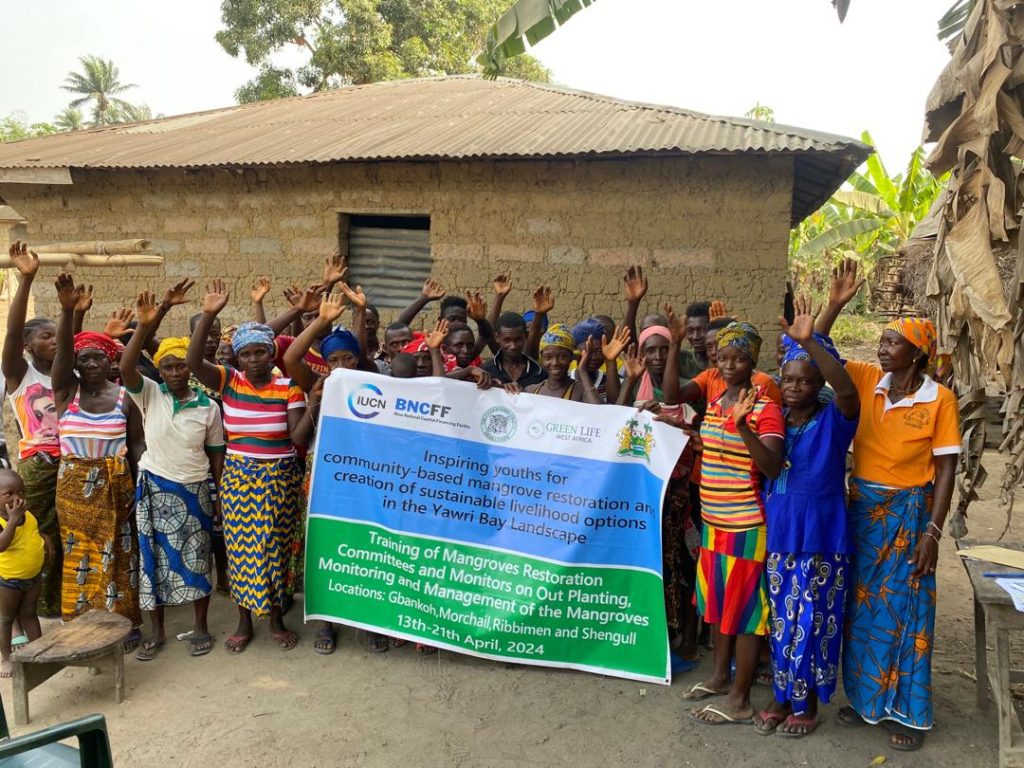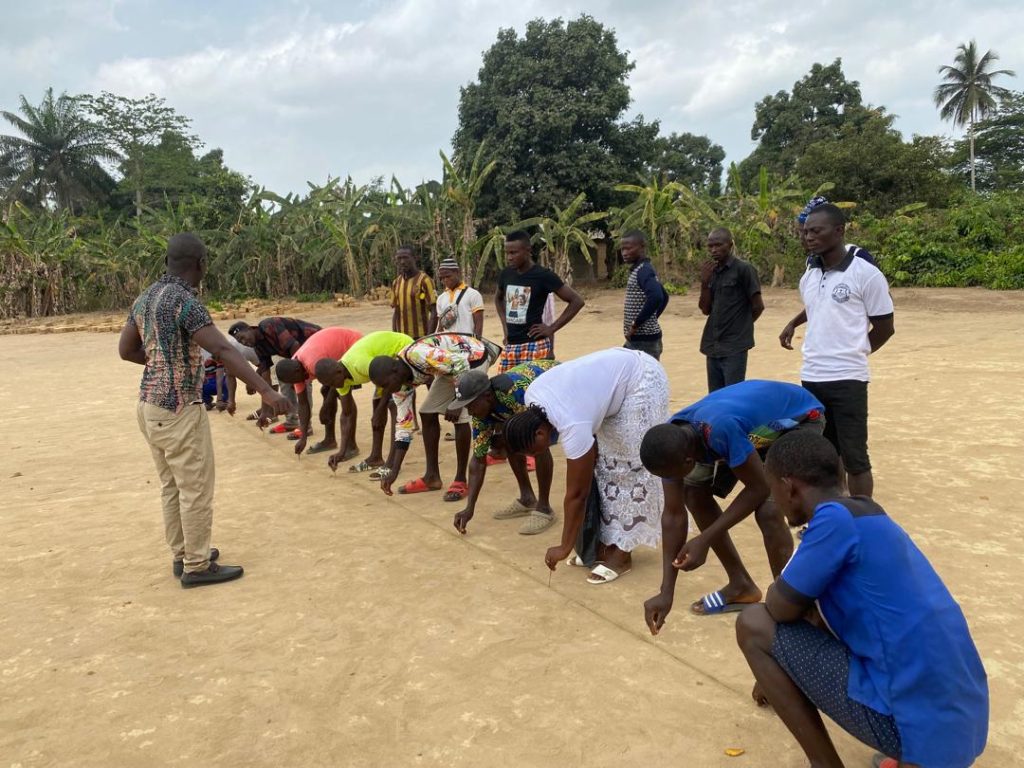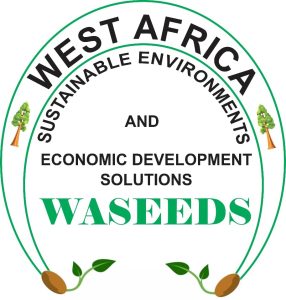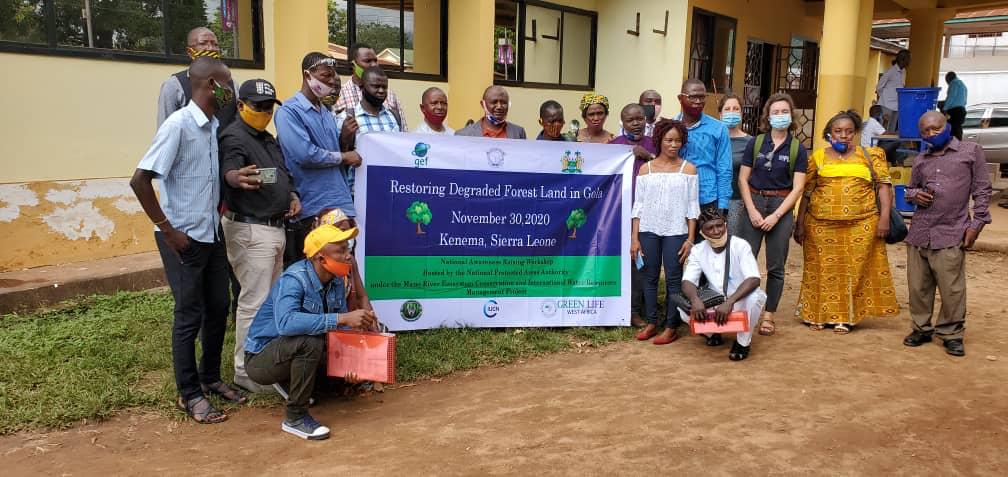Aboveground carbon in pristine mangroves in Sierra Leone exceeds estimates in most other African countries. However, the Yawri Bay coastal landscape in Sierra Leone faces significant mangrove degradation due to unsustainable harvesting of mangrove wood for domestic use and rice farming, undercutting the country’s potential to sequester carbon and support the fight against global warming.

To address this issue, GREENLIFE West Africa (GLWA) trained 120 community members, including 57 females, to act as restoration committee members and tree-tracking monitors from within three chiefdoms(Samu, Kargboro, and Temidele) as well as part of the Western Area Rural –Tombo within the Yawri Bay landscape.
The training, which took place from April 13-23, 2024, is part of the project entitled, “Inspiring Youths (with gender inclusiveness) for Community-based Mangrove Restoration and Creation of Sustainable Livelihood Options in the Yawri Bay Landscape.” GLWA has joined forces with the Conservation Society of Sierra Leone (CSSL) to implement this project with funding from the Blue Natural Capital Financing Facility (BNCFF) through the International Union for Conservation of Nature (IUCN).
Firstly, in order to gauge the capacity of community members, a thorough assessment was carried out on those who had already dedicated their time as eco-guard volunteers, demonstrating unwavering commitment during their service notably within the Yawri Bay region. After the assessment, 15 mangrove monitors, including 2 females, were recruited.
During the two-day training sessions per community, participants learned about the theoretical aspects of mangrove restoration, conservation, and management. They were taught the various steps of mangrove restoration, including community engagement, forming restoration committees, site selection for nursery establishment, selection of mangrove species, site clearing, selection of propagules, inspection and sorting of propagules, storage, and transport of propagules, and planting of propagules. The training was concluded with an outdoor demonstration on mangrove selection and planting.
At the end of the training, participants highlighted the need to enforce community bylaws governing the protection of mangroves. These bylaws will serve as a benchmark in the conservation and management of the remaining untouched mangrove forests. The success of the project depends on the commitment of the communities to protect and restore the mangrove forests as the project aims to restore 1,000 hectares of lost mangroves within the Marine Protected Area.
Saidu G. Sesay, the Head Man of the Mokambai community in Ribbie Chiefdom, expressed his delight to be part of the training and reiterated the importance of mangrove protection. He said, “If we take good care of the mangroves, we will sustain our lives. This is the first time for me to be trained on how to plant mangroves, and I promise to share this knowledge with my people.”
He further exclaimed, “We are committed to restoring the mangrove forests in the Yawri Bay and creating sustainable livelihood options for the surrounding communities. By working together and taking a constructive approach, we can ensure that the Yawri Bay remains a thriving ecosystem for generations to come.”
These Mangrove Restoration Committee Members and Tree Tracking Monitors earlier supported the mapping of degraded areas and identification of the areas for improved management. They are now responsible for tracking the growth of mangroves that are being planted and supporting the enforcement of the bylaws for the management of the intact mangroves.




